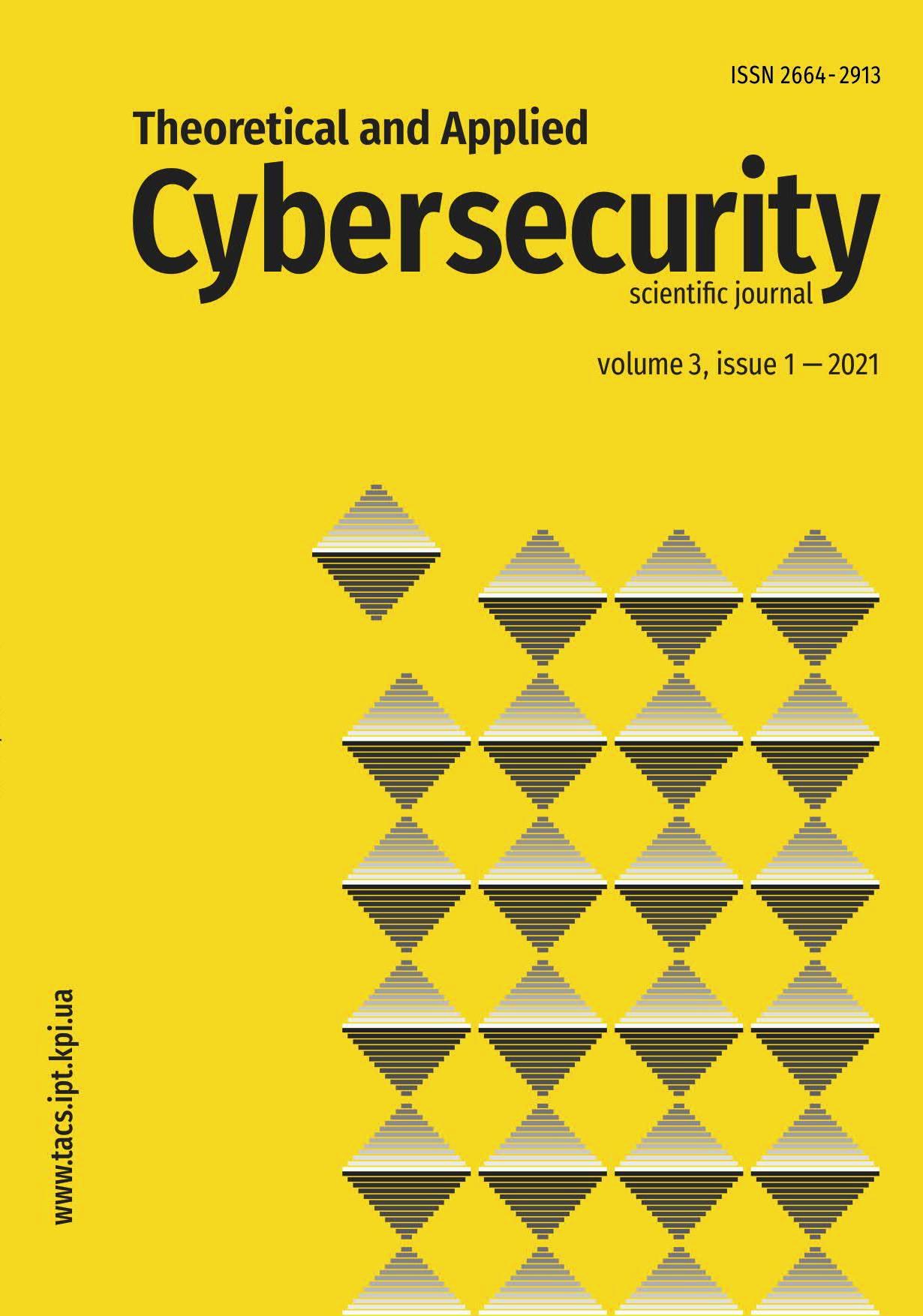Technique of testing cyber vulnerabilities and quality of Cyberphysical software systems
DOI:
https://doi.org/10.20535/tacs.2664-29132021.1.251314Abstract
Cyber vulnerability testing and software quality cyberphysical systems (complexes) is an important task in ensuring its reliability and security. When working with several variations of products or their versions, testing all software for every variation is resource intensive and irrational. To implement effective technological and economical quality of testing and cyber vulnerabilities of cyberphysical systems software (complexes) in terms of its increasing complexity, both in time (when considering the version) and in space (when considering variation) and lack of access to program code should be developed as follows new methods. Those methods will allow to use the results of previous tests and focus on the most important, for their testing, not yet tested parts. This is possible using regression testing methods and the appropriate choice of test cases and their prioritization to identify and address software issues and cyber vulnerabilities. Of course, testing variations and versions without access to source code, is an extremely problematic and costly task. The article analyzes the stages of regression testing and proposes an improved method for selecting test cases for testing of cyber vulnerabilities of software of cyberphysical systems (complexes) without access to program code. During the study, an analysis of the achievements in this area was conducted, investigating leading experts works. This article also identifies and compares the effectiveness of prioritized and non-prioritized test cases using the average percent detection rate (APFD). As a result of the study, new metrics for measuring test coverage are presented.
Downloads
Published
Issue
Section
License
Authors who publish with this journal agree to the following terms:
Authors retain copyright and grant the journal right of first publication with the work simultaneously licensed under a Creative Commons Attribution License that allows others to share the work with an acknowledgement of the work's authorship and initial publication in this journal.
Authors are able to enter into separate, additional contractual arrangements for the non-exclusive distribution of the journal's published version of the work (e.g., post it to an institutional repository or publish it in a book), with an acknowledgement of its initial publication in this journal.
- Authors are permitted and encouraged to post their work online (e.g., in institutional repositories or on their website) prior to and during the submission process, as it can lead to productive exchanges, as well as earlier and greater citation of published work (See The Effect of Open Access).

